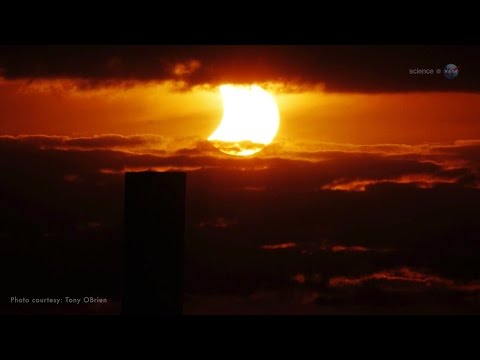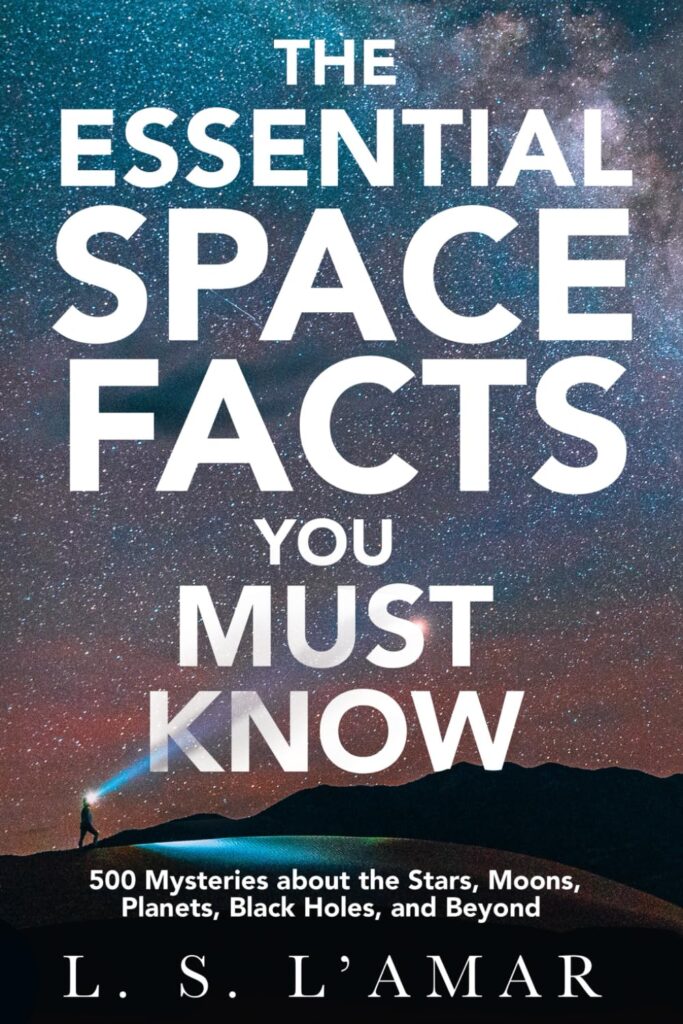The First Thing That James Webb Will See
After a long wait of 25 years, several budget overruns, and unprecedented delays, James Webb Space Telescope was finally launched. A 10 billion dollar time machine working in its full swing can make anyone ecstatic. And the fact that it will collaborate with the Event horizon telescopes in the future to capture the first image of the Milky Way’s black hole, Sagittarius A* (pronounce A star), makes it even more exciting. But when is Webb going to return its first image of the cosmos? What is the first thing it will focus on? And most importantly, what are its long-term plans? The first few months are going to be intense. Firstly, getting a telescope so big to its final destination is a big task in itself. Webb will orbit the Sun near L2, a gravitational stablility solar orbit that’s roughly 1 million miles from Earth on the opposite side of our planet from the sun. Secondly, we are talking about a telescope with a primary mirror composed of 18 hexagonal mirror segments, and unfolding the mirror into one big unit is another feat to accomplish. So to be precise, in the first month, the James Webb Space Telescope will undergo several maneuvers and course corrections to attain its final orbit around the L2 point. In the second month, the alignment of mirror segments will begin. It will possibly take 60 to 90 days after launch for the primary mirror segments to align to work together as a single optical surface. Then, perhaps, by the end of the third month, Webb will be able to take the first science-quality images, and by this time, it will also complete its journey to its L2 orbit position. At this moment, it would only be taking blurred and casual images, possibly of some bright stars, just for the sake of optimization. So the next few months will go into calibrating and optimizing its cameras and other instruments. And finally, after six months of its launch, Webb will be in a position to begin its most awaited science missions, and the year of Cycle 1 of a series of spectacular observations will begin. Webb’s cycle 1 observations include everything from looking for atmospheres on nearby rocky exoplanets to probing the universe’s earliest galaxies. Since Webb is a telescope for all, to be a part of its Cycle 1 observations, more than 1200 proposals were received. From these, the panel underwent a double-blind process and selected 266 final proposals from scientists in 41 countries, amongst which women will lead a third of them. All these proposals will be collectively given a view time of 6000 hours, and all of these come under the category of General observer or GO programs. Apart from this, 460 hours will be devoted to Early Release Science programs designed to put the telescope’s instruments through their paces. Finally, nearly 4,000 hours will be dedicated to Guaranteed Time Observations or the GTO programs awarded explicitly to scientists who helped build the telescope’s hardware and software. I know the total number of these hours is way more than the number of hours available in a year. But such a schedule has been intentionally made so that Webb is never left idle from observing the cosmos. Moreover, the total observation time within Cycle 1’s GO programs is split among various subcategories. These include 32% for galaxies, 23% for exoplanets, 12% for stellar astrophysics, down to 6 % dedicated to our solar system. Further, there will be small programs consuming 25 hours or less of observation time, medium programs requiring between 25 to 75 hours, and large programs requiring more than 75 hours of the observation window. Now coming to all the GO programs, the maximum time of 208.6 hours has been given to the COSMOS-Webb proposal. In this, Webb will look at thousands of the earliest galaxies formed within a billion years of the big bang. These galaxies are so faint that observing them has always been out of range of the existing telescopes. But Webb is capable of looking at much fainter things. So it is expected to reveal a bag full of information about the universe’s history, especially about a period from 400,000 to one billion years after the big bang, where the first stars and galaxies emerged. Coming to its next big project, about 141.7 hours of observations have been dedicated to studying the atmospheres of a dozen exoplanets in a never seen before manner. The James Webb Space Telescope will employ its giant mirror to watch these worlds transit their host stars and block the starlight while passing in front of them. This will allow the researchers to work out the basic composition and structure of any atmosphere present there. Most of these target worlds include super-Earths and sub-Neptunes. However, the most exciting planetary target will be TRAPPIST-1, a transiting planetary system about 40 light-years from Earth. This system is thought to comprise seven Earth-sized worlds orbiting a single red dwarf star and is one of the prime targets of Webb. Webb will have a total of 5 programs solely dedicated to the observations of TRAPPIST-1. TRAPPIST-1c, which is the system’s second innermost world, is thought to be too hot to support life. So Webb will assess the temperature of TRAPPIST-1c to look for an atmosphere on that planet. It will observe this planet for nearly 18 hours. The planetary observations don’t end here. Apart from studying foreign worlds, Webb will undertake extensive studies about our solar system. For example, Webb will study 59 trans-Neptunian objects, which are the icy bodies lying beyond the orbit of Neptune. And this observation campaign will last nearly 100 hours. In addition to this, Webb hopes to observe an interstellar object passing through our solar system, just like Oumuamua in 2017 or Comet Borisov in 2019. However, these programs are just for Webb’s cycle 1 of observations. In the long run, it will also carry out some tricky missions. And one of the trickiest ones would be to image our galaxy’s black hole with the event horizon telescope. The observations of dark matter and the birth of stars are also on the list. Webb has been designed to have an overall mission lifetime of at least five and a half years. And on the brighter side, it can also last longer than ten years. We still have to wait a little more to get our hand at the marvelous images from the telescope, but its bucket list of observations tells us the wait is going to be worth it.














